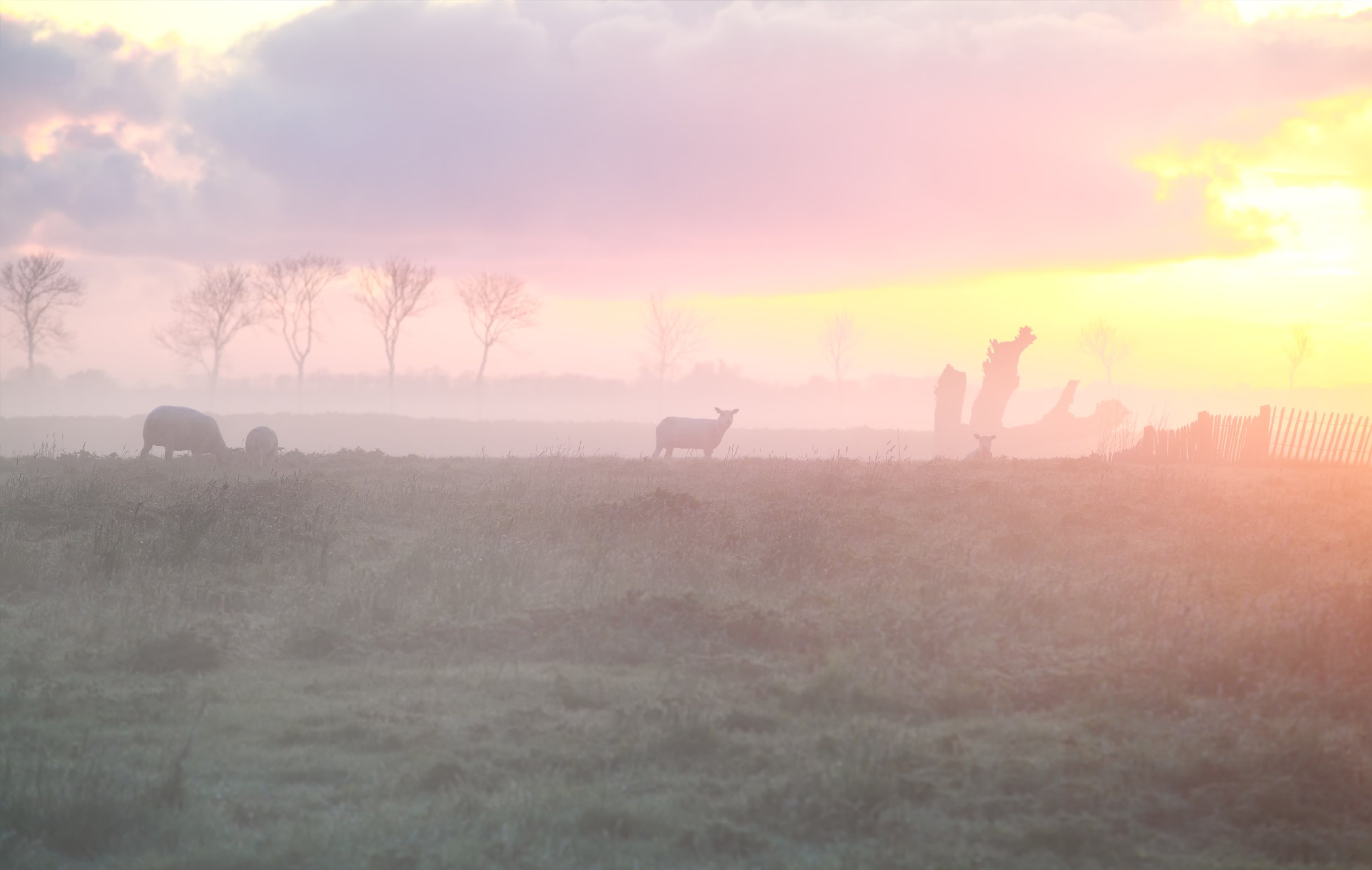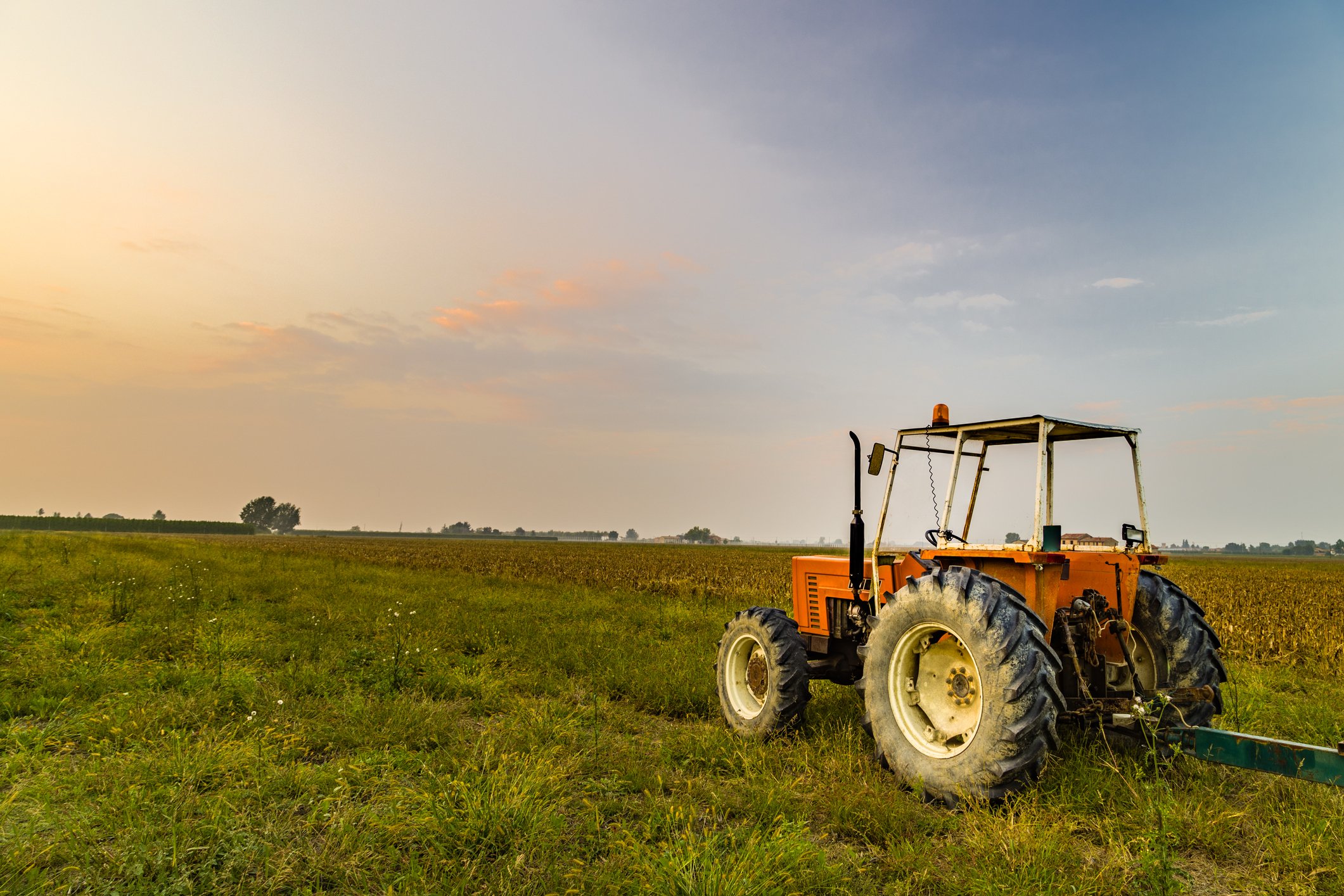The Omnivore’s Dilemma: A Classic Read About Regenerative Farming
Discover > Product Recs > The Omnivore’s Dilemma: A Classic Read About Regenerative Farming
A Natural History of Four Meals
The Omnivore’s Dilemma - by Michael Pollan (available on Amazon here). There is a coveting decision to be made when one is atop the food chain: What To Eat. For most animals, eating is a simple matter of biological imperative: if you're a koala, you seek out eucalyptus leaves; if you're a buffalo, you munch on prairie grass and herbs. But Homo sapiens, blessed but encumbered by a big brain, have created agriculture and other industries to achieve more options. By facing a bewildering array of choices, we have lost touch with what our body craves. We tend to focus on the addictive yet insubstantial nutrition that has been introduced overtime by large manufacturers.
Paradigm Shift in the Food Industry
It’s important to note that this compelling book has been used by many schools to teach Human and Social Sciences to adolescence. "When you can eat just about anything nature has to offer," Michael Pollan writes "deciding what you should eat will inevitably stir anxiety." And it’s an anxiety most of us feel today, especially with the pressures of media, grocery stores, branding and time management. We may want to cook delicious meals, but the time involved in doing so is precious with our busy lifestyles.
Nowhere is this anxiety more acute, Pollan says, than in the United States. Wealth, abundance and the lack of a steadying, centuries-old food culture have conspired to make us Americans dysfunctional eaters. We have become obsessed with the idea of getting thin and exercising while losing focus on healthy eating and time spent with family around the dinner table. Pollan diagnoses a "national eating disorder," and he aims to shed light on both its causes and some potential solutions. To this end, he embarks on four separate eating adventures, each of which starts at the very beginning -- in the soil from which the raw materials of his dinners will emerge -- and ends with a cooked, finished meal.
An Alternative Approach to Agriculture
Pollan finds his hero in Joel Salatin, an "alternative" farmer in Virginia who will sell his goods only to local customers. A bad-tempered, self-described "Christian-conservative-libertarian-environmentalist-lunatic," Farmer Joel has ingeniously encouraged nature to produce a bounty of food from his hundred acres - in other words he’s making great use of permaculture. Salatin seems to have found the secrets of sustainable agriculture. Yet, He's an off-the-grid farmer who hates the government, and has chosen to home-school his kids. He even declares to Pollan: "Why do we have to have a New York City? What good is it?" But Pollan, a nice-guy writer whose awe of Salatin is noticeable, lets the farmer off lightly, saying that his provocative words "made me appreciate what a deep gulf of culture and experience separates me from Joel -- and yet at the same time, what a sturdy bridge caring about food can sometimes provide."
What Makes This a Good Read
In my humble opinion, The Omnivore’s Dilemma is a classic read that has fueled the paradigm shift occurring in the agriculture industry. Farmer Joel Salatin is no stranger to promoting sustainable agriculture, although he sometimes uses vivid and graphic language. And his name sounds familiar because he is also interviewed in Food, Inc. and produced Polyfaces, which is about his farm. There is a network of farmers and environmental experts fighting to produce these films to help educate us. These farmers are also fighting to produce food for us using regenerative farming. We must thank them by continuing to support their efforts!
Interested in getting a copy? Purchase one on Amazon here. There's also a young reader's edition for younger audiences, perfect for starting them young!




